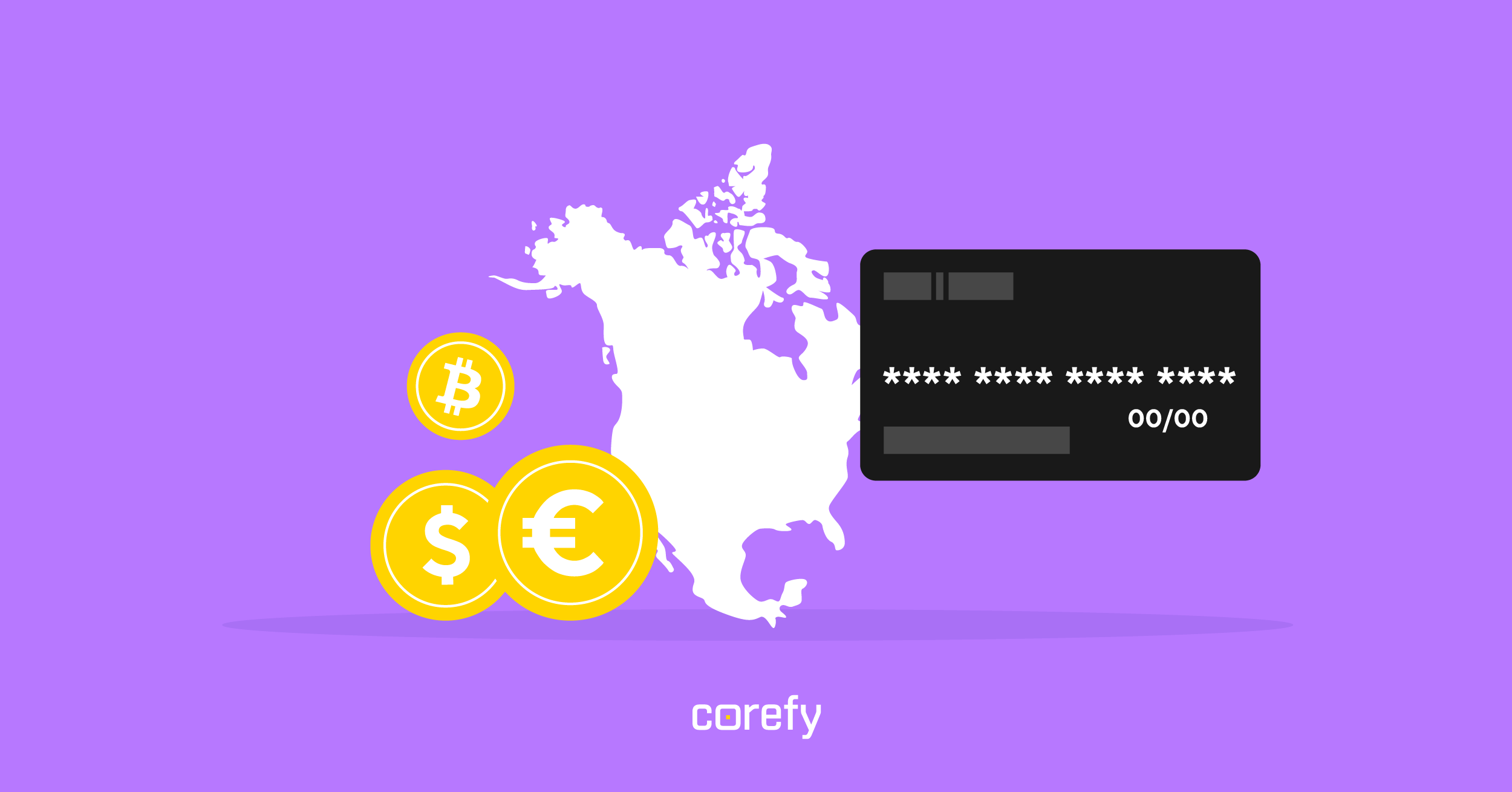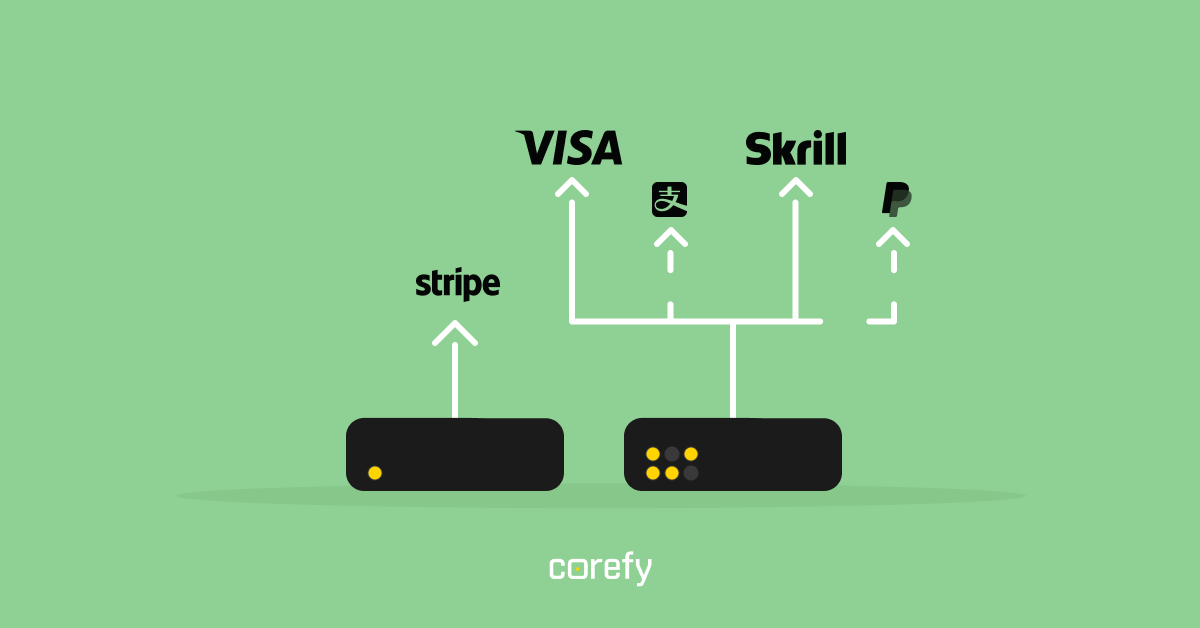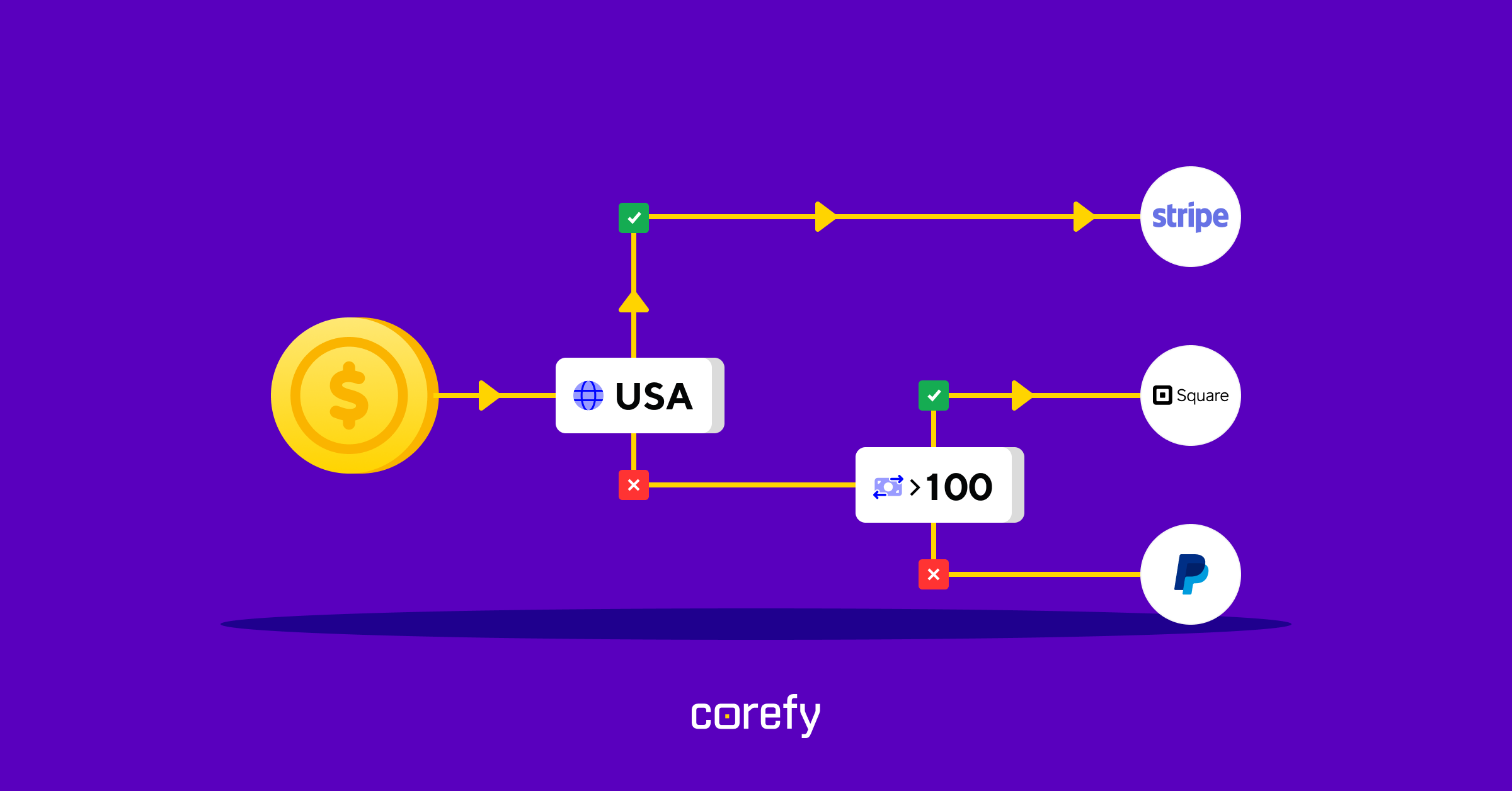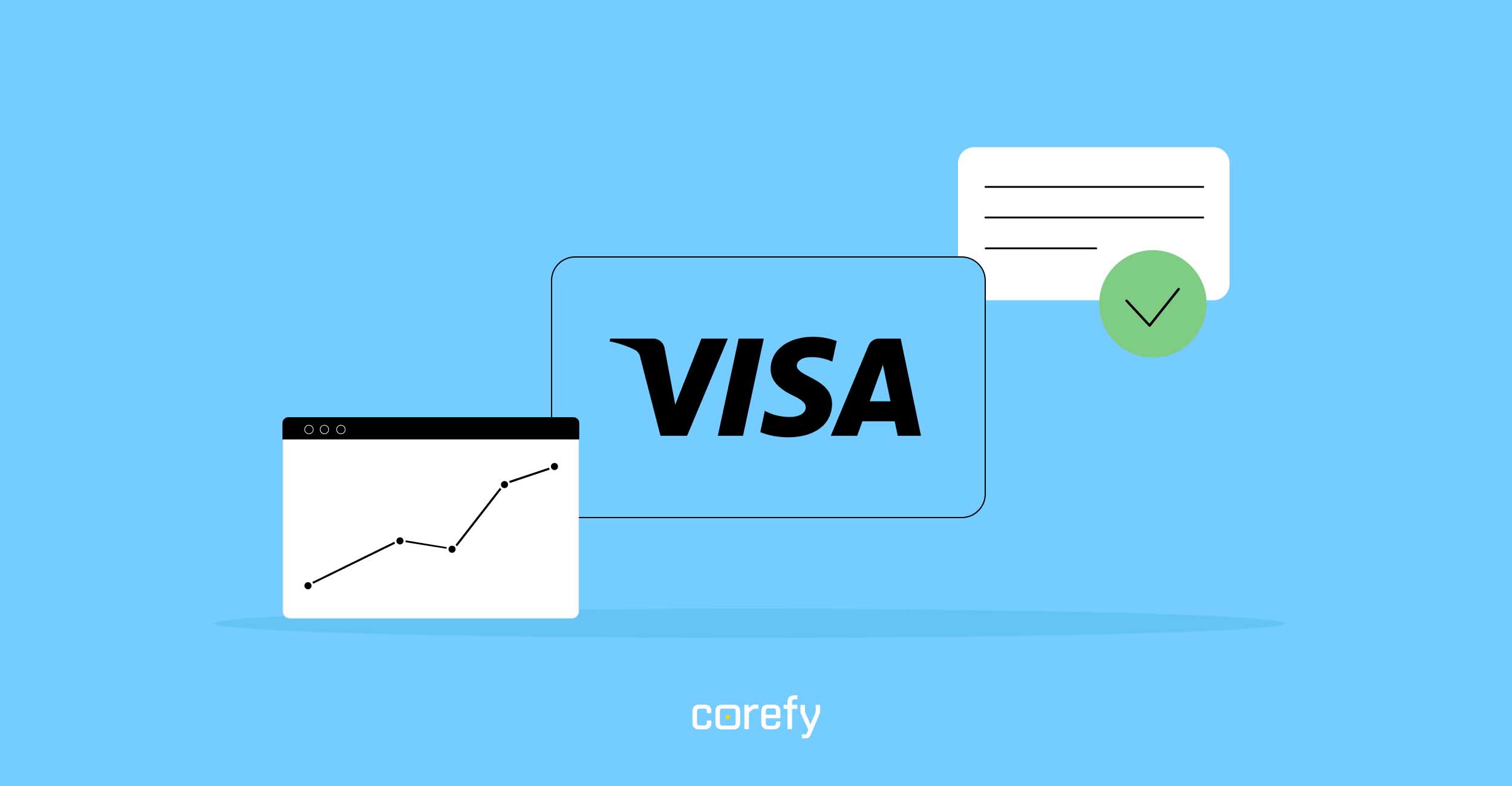Finding ways to boost revenue is the cornerstone of any successful organisation. Expanding to new markets is one way to develop and increase a business's revenue. The North American one is on our radar today.
This article is intended to help business owners identify potential market opportunities and assess how various products and segments will perform in the future.
North American market: quick overview
North America, including the United States, Canada, and Mexico, boasts one of the world's largest and most diverse economies. The region's GDP exceeded $25 trillion in 2022, making it a powerhouse on the global economic stage. Each country within North America contributes unique strengths to the overall market landscape:
- United States. With the world's largest economy, the U.S. offers a dynamic business environment characterised by innovation, entrepreneurship, and consumerism. Key industries include technology, finance, healthcare, and manufacturing.
- Canada. Renowned for its stability, highly skilled workforce, and strong trade relationships, Canada presents ample business opportunities. Industries such as natural resources, technology, and finance thrive in this market.
- Mexico. As one of the largest emerging markets globally, Mexico offers a burgeoning consumer base and a strategic location for trade. Industries such as automotive, aerospace, and electronics are key drivers of the Mexican economy.
5 market trends in North America
Understanding market trends is essential for successful market entry and expansion. Here are several trends shaping the North American market landscape:
1. E-commerce boom
The rise of e-commerce continues to reshape consumer behaviour, with online retail sales experiencing exponential growth. Businesses leveraging digital platforms can tap into this trend to reach a broader audience.
2. Sustainability and social responsibility
Consumers increasingly prioritise sustainability and social responsibility when making purchasing decisions. Businesses incorporating environmentally friendly practices and ethical principles into their operations gain a competitive edge in the North American market.
3. Tech innovation
Innovation is at the heart of North America's economy, with technology playing a pivotal role across various industries. Investments in artificial intelligence, blockchain, and renewable energy drive growth and present opportunities for businesses at the forefront of innovation.
New technologies are the most prominent and substantial influencers on retail. For instance, American markets adapt to technological innovations in retail more slowly than the APAC market. However, the need to return shoppers to physical stores and the drive to increase business profitability force major market players to turn to innovative solutions. Stores have started implementing innovative digital technologies, including VR & AR, voice search assistants, 3D printing, and self-service stores.
4. D2C sales
D2C, or Direct-to-Consumer sales, means selling products directly from manufacturers to consumers. This method replaces the usual B2B and B2C sales that Americans and the entire global retail industry are used to. Brands are increasingly abandoning the 'intermediary' of retailers, distributors, and wholesalers and tend to develop their independent sales and distribution channels. Among the top driving factors that motivate consumers worldwide to buy directly from brands are better prices, free delivery, and personalised products.
5. Marketplaces are ousting department stores
Amazon dominates the North American market, holding a top spot among retailers in the USA. The nimble growth of e-commerce has almost devastated offline shopping: some commentators have dubbed it a 'retail apocalypse'. Analysts believe the boom resulted from an increasing number of Internet-savvy shoppers, the world's most extensive base of technical experts, and the coronavirus pandemic restrictions.
However, the retail format is transforming. Some department stores are improving delivery opportunities, implementing contactless payments, and adapting to digital innovations and trends.
Payment culture in North America
Statista reports that credit cards dominate digital payments in North America, with a 66,7% share. The second popular payment method is e-wallets, holding 22% of the market share. About 8% of the transactions usually happen via bank transfers, while cash and other payment methods make up the rest.
Why expand to North America?
There is a range of reasons to target your business to the North American audience:
- the largest market in the world;
- the most dynamic and extensive;
- the market is open and receptive to innovation;
- currency advantage.
What it takes to enter the US market
- Product. Having a product already on sale with at least some customer base is good. But possessing a killer value proposition is perfect. If you have not yet started selling your product in any other country, you do not know whether it will be in demand in America. This circumstance also affects the process of obtaining investments needed to enter the market. It will be much harder to receive funds if the project has not yet proven itself. Investors do not give money to unverified projects.
- Presence. It is tough to control your business performance remotely. Visiting your local office occasionally is useless and sometimes impossible due to ever-changing pandemic restrictions. You need to actively negotiate with partners, attend events, and study the characteristics of your audience. To enter the North American market, you need to be well-versed in it. And for this, you or your authorised representative need to be present in the country all the time. A perfect combination is your company representative, who knows your project inside out and a person who understands the local audience. Cultural proximity and presence in the same time zone will definitely help.
- Networking. People should know about your product, and publications about your company should appear in industrial media. A thought-out PR campaign and connections with bloggers, magazines, and events will benefit your business. Network-based North American business culture requires creating an information field around your company and gaining brand awareness.
- Budget. You will need funds to hire PR and marketing specialists, travel to events, and grow connections. It is almost impossible to unwind without this.
How we can help
An essential ingredient in the successful expansion formula is your customers' ability to pay online securely and hassle-free using the preferred methods. And that's where we cover you!
At Corefy, we provide expanding businesses with a unified payment infrastructure that simplifies the integration of various payment methods and acquirers. The list of 400+ ready-made integrations and the ability to integrate others upon request allow businesses to cater to customers in new regions. Additionally, our robust reporting and analytics tools, dedicated technical support, and robust fraud prevention mechanisms empower businesses to make informed decisions and navigate the complexities of expansion successfully.
Are you ready to streamline your operations and expand your reach in the digital economy? Contact us to find out more and choose the most relevant payment strategy for your business.





.jpg)

.jpg)



.jpg)

.jpg)